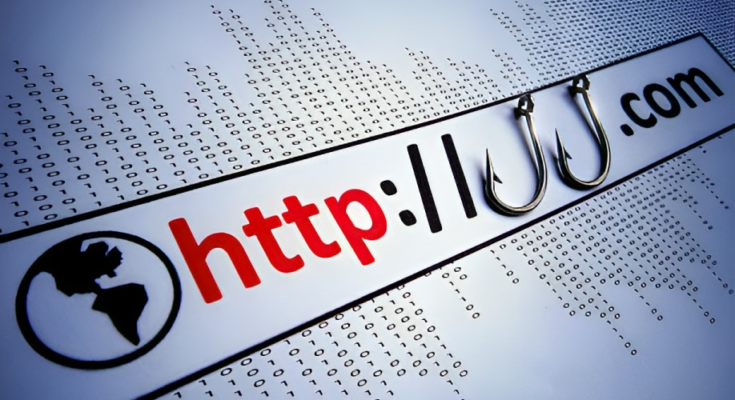In the vast landscape of the internet, where information flows abundantly, the risk of stumbling upon fake websites looms larger than ever. These deceptive sites often cover up as legitimate entities, aiming to exploit unsuspecting users for various malicious purposes. Recognizing these digital impostors is crucial for safeguarding your personal information and ensuring a secure online experience. This comprehensive guide will reveal the tactics to identify fake websites, empowering you to surf the web confidently.
The Pervasive Threat of Fake Websites
As we increasingly rely on the internet for shopping, socializing, and accessing information, the prevalence of fake websites has surged. These deceptive platforms mimic trusted brands, financial institutions, or popular online services, tricking users into exposing sensitive data such as passwords, credit card details, or personal information. The consequences of falling victim to these scams can range from financial loss to identity theft, underscoring the urgency of acquiring skills to distinguish the real from the fake in the digital world.
Examining the Web Address: The First Line of Defense
1. Spotting Suspicious Domain Names: Legitimate websites typically have simple, consistent domain names. Be wary of sites with excessive dashes, numbers, or unusual characters in their URL. Authentic entities prioritize clarity and coherence in their web addresses.

2. Checking for HTTPS Encryption: Secure websites employ HTTPS encryption to protect data transmission. Look for the padlock symbol in the address bar and ensure the URL begins with “https://” rather than “http://”. This cryptographic protocol is a hallmark of genuine websites committed to safeguarding your information.

Evaluating Website Design and Content
3. Assessing Design Quality: Legitimate websites invest in professional design to create a seamless and visually appealing user experience. Be skeptical of sites with outdated layouts, grammatical errors, or inconsistent branding. Authentic entities prioritize a polished online presence.
4. Analyzing Contact Information: Authentic websites provide clear and accessible contact information, including a physical address and customer support details. Beware of sites lacking this information or offering only email addresses without other means of communication.
Unmasking Phishing Attempts
5. Hovering Over Links Before Clicking: Phishing scams often involve deceptive links that redirect users to fake websites. Hover your mouse over links without clicking to preview the URL. Check if it matches the expected destination and avoid clicking on dubious links embedded in emails or messages.
6. Verifying Website Popularity: Popular websites are prime targets for impersonation. Before entering sensitive information, verify the legitimacy of the site by cross-referencing it with official sources, reading reviews, or checking its popularity ranking. Genuine sites tend to have a notable online presence.
Staying Cautious During Online Transactions
7. Securing Payment Processes: Exercise caution when making online payments. Legitimate websites use secure payment gateways; you should only enter financial information on sites with trustworthy transaction processes. Look for well-known payment options and double-check the URL for encryption.

8. Reviewing Privacy Policies: Authentic websites provide clear privacy policies outlining how they handle user data. Scrutinize these policies before engaging with a site, and be cautious if the information is vague, poorly written, or missing altogether.
Tools and Resources for Enhanced Safety
9. Utilizing Website Safety Check Tools: Leverage online tools and services designed to assess the safety of websites. These tools analyze various factors, such as the site’s reputation, security protocols, and potential threats, offering an extra layer of assurance.
10. Educating Yourself on Common Scams: Stay informed about prevalent online scams and tactics employed by cybercriminals. Awareness is a powerful defense, and recognizing red flags becomes easier with knowledge of common strategies used to deceive users.
Conclusion: Empowering Your Online Journey
In the ever-evolving landscape of the internet, arming yourself with the skills to identify fake websites is akin to donning digital armor. By scrutinizing web addresses, assessing design quality, and staying cautious during online transactions, you fortify your defenses against cyber threats. Remember, a vigilant mindset coupled with these practical tips will transform your online experience into a secure and enjoyable journey.




